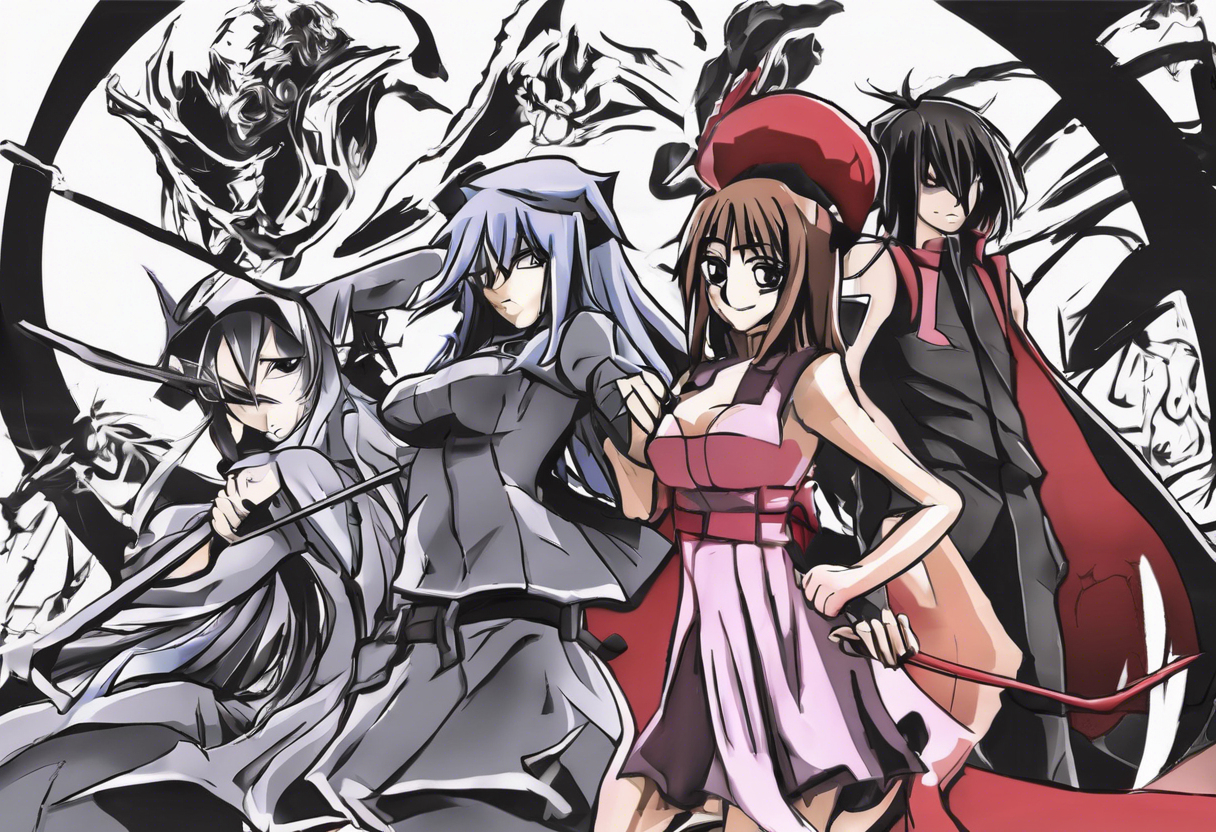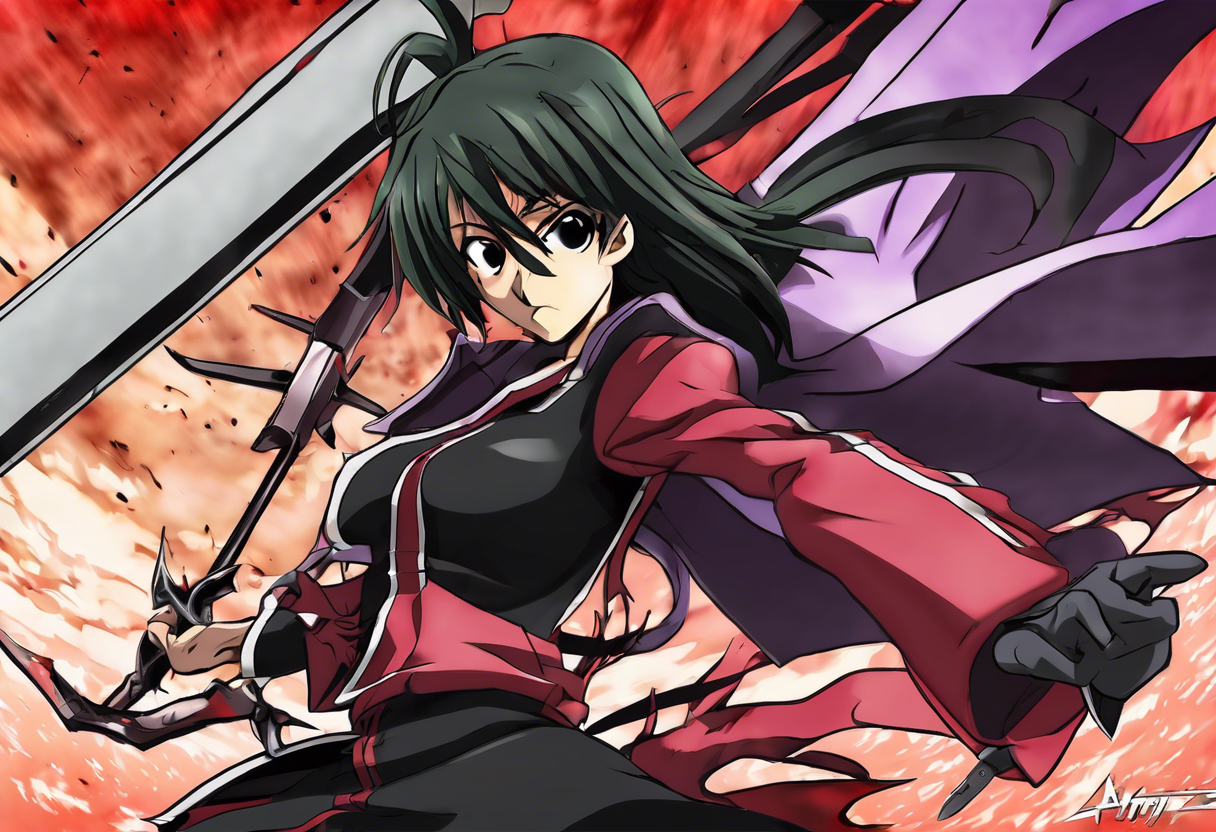Contents
Akame ga Kill Episode 17: Kill the Curse
Introduction
Akame ga Kill Episode 17, titled "Kill the Curse," is a pivotal installment in the anime series adapted from the manga of the same name by Takahiro and Tetsuya Tashiro. The episode was directed by Tomoki Kobayashi, with screenplay by Makoto Uezu, and produced by White Fox. It initially aired on October 27, 2014. This episode stands out within its genre for its intense action sequences, deep character development, and the exploration of themes such as retribution, sacrifice, and the psychological effects of war.
Plot Summary
The episode begins with the aftermath of a fierce battle between Night Raid and the Jaegers. Leone, despite being severely injured, manages to shield Akame from Rubicante’s blast using Wall’s shield, but she passes out shortly after. With Kurome and Bols temporarily out of the picture, Night Raid retreats to their base to recover from their wounds.
Meanwhile, Bols, who has lost his Imperial Arms, is more concerned about returning to his family than his current predicament. While walking through the forest, he encounters a young girl who appears lost and frightened by his appearance. Unbeknownst to Bols, this girl is actually Chelsea, a member of Night Raid, who has disguised herself using her Imperial Arms. Chelsea’s plan is to eliminate Bols, and she executes it by piercing a poison needle into his neck. As Bols realizes his fate, he reflects on his past actions and the impact they will have on his family.
Chelsea, after killing Bols, sets her sights on Kurome. She is determined to prevent Kurome from acquiring more puppets, which could further complicate future battles. Lubbock, who catches up with Chelsea, advises her against this dangerous mission but ultimately respects her decision. Chelsea uses Tatsumi’s intel on the Jaegers to disguise herself as Bols and approach Kurome.
The episode delves into a flashback of Kurome and Akame’s childhood, where they were trained to become soldiers for the government. They were sent into a forest to survive as part of their training, a test they both passed. However, due to the policy of not having siblings on the same team, Kurome was sent to the capital while Akame was sent elsewhere. At the capital, Kurome was subjected to experiments and given drugs to enhance her fighting abilities, which also led to her dependency on snacks to maintain her strength.
Chelsea, still disguised as Bols, manages to fool Kurome and stabs her with a poison needle. However, Kurome’s enhanced abilities due to the drugs allow her to survive the attack. Kurome retaliates by sending her two remaining puppets to kill Chelsea. Chelsea attempts to escape but is severely injured when her arm is chopped off and she is shot in the chest. In her final moments, Chelsea reflects on her past and wonders if Tatsumi would be proud of her actions.
The battle between Chelsea and Kurome highlights the brutal and endless cycle of violence that both sides are trapped in. The episode concludes with Night Raid mourning the loss of another member and the Jaegers regrouping, setting the stage for the next round of conflict.
Themes and Symbolism
"Kill the Curse" delves deeply into several central themes that are pivotal to the narrative of Akame ga Kill!. One of the most prominent themes is the cycle of retribution and violence. The episode illustrates how once the killing starts, it can initiate a chain of revenge that seems impossible to break. This is evident in the deaths of Bols and Chelsea, which are both part of a larger cycle of violence and retribution between Night Raid and the Jaegers.
Another significant theme is the psychological impact of war on characters. Kurome’s backstory and her dependency on drugs to maintain her strength symbolize the dehumanizing effects of war and the experiments conducted on soldiers. The episode also explores the theme of sacrifice, as seen in Leone’s actions to protect Akame and Chelsea’s final moments, where she reflects on her motivations and the impact of her death on others.
The use of symbolism, such as the forest where Akame and Kurome were trained, represents a testing ground for their survival and a metaphor for the harsh realities of their world. The drugs that Kurome is dependent on symbolize the external forces that control and manipulate soldiers, highlighting the lack of autonomy and the moral ambiguities of war.
Cultural Impact
"Kill the Curse" has had a significant cultural impact since its release. The episode’s graphic violence and dramatic staging have been noted for their intensity, appealing to fans of the action and dark fantasy genres. The character developments and the emotional depth added to the story have resonated with audiences, making it a memorable installment in the series.
The episode has also influenced other anime and manga series in terms of its portrayal of complex moral themes and the consequences of violence. Its impact on popular culture is evident in the discussions and analyses it has sparked among fans and critics alike.
Critical Reception
Upon its release, "Kill the Curse" received mixed reviews from critics but was generally praised for its intense action sequences and emotional depth. Critics noted the episode’s ability to balance graphic violence with meaningful character development, particularly in the portrayal of Chelsea’s final moments and the backstory of Kurome[4].
Some critics argued that the character development of certain characters was weak, but the episode’s conclusion and the dramatic staging of the death scenes were widely praised. The episode’s themes of retribution and the cycle of violence were also highlighted as strong points, contributing to the overall narrative of the series.
Legacy
"Kill the Curse" remains a significant episode in the Akame ga Kill series, known for its emotional impact and intense action. It continues to inspire filmmakers and artists with its complex themes and character developments. The episode’s portrayal of the consequences of war and the psychological effects on soldiers has set a benchmark for similar anime series.
The enduring relevance of this episode lies in its ability to engage audiences with its deep storytelling and moral ambiguities, making it a memorable part of the Akame ga Kill narrative.
References
- https://akamegakill.fandom.com/wiki/Episode_17
- https://theadultswimsquad.wordpress.com/2016/01/04/akame-ga-kill-episode-17-recap-kill-the-curse/
- https://otakuauthor.com/akame-ga-kill-episode-17-kill-the-curse/
- https://www.animenewsnetwork.com/review/akame-ga-kill/episode-17/.80382
- https://animevice.fandom.com/wiki/Episode_17_(Akame_ga_Kill!)







